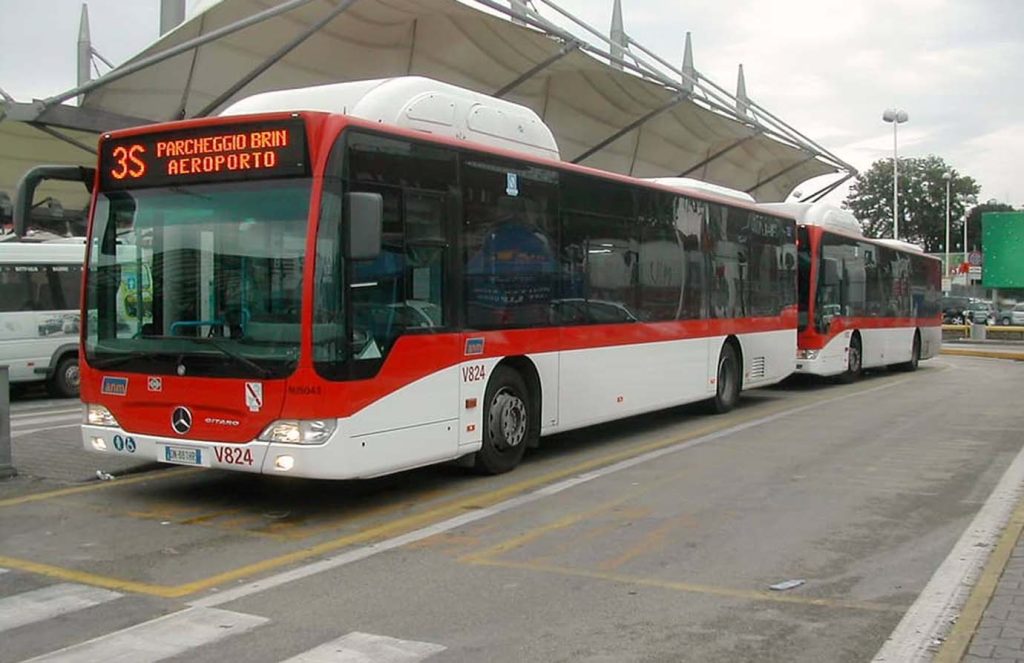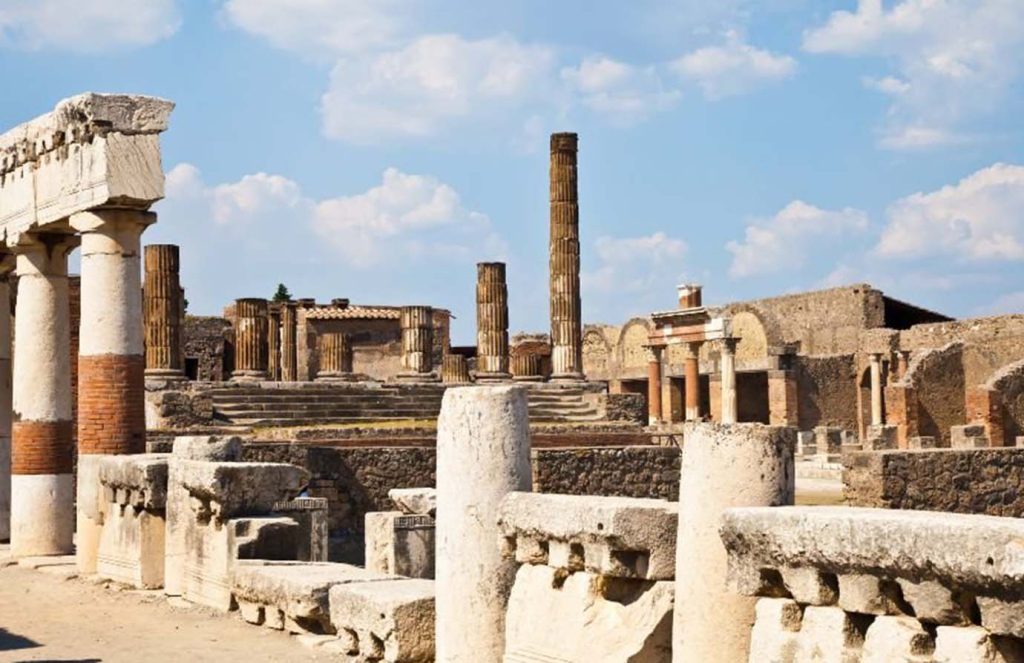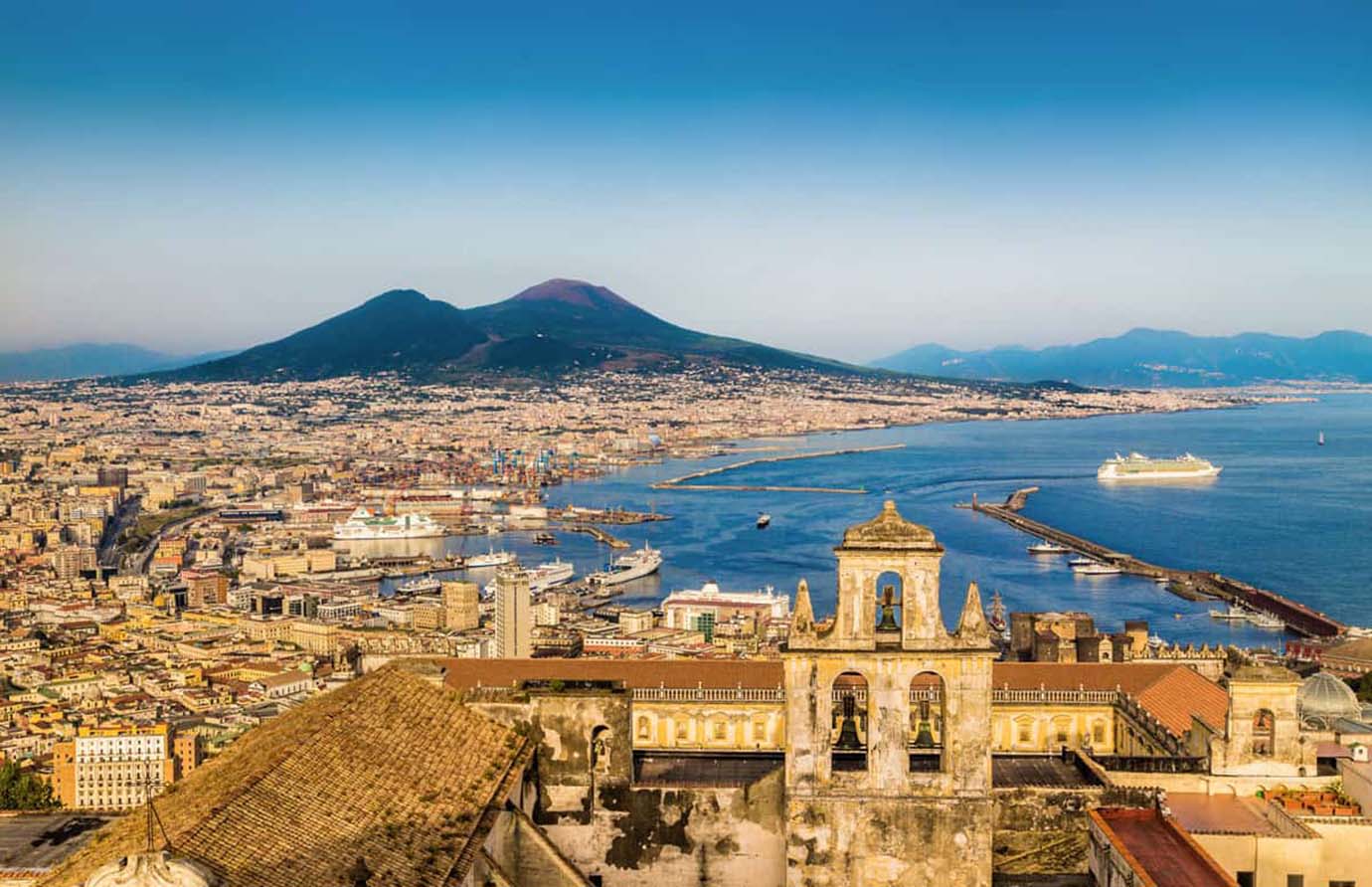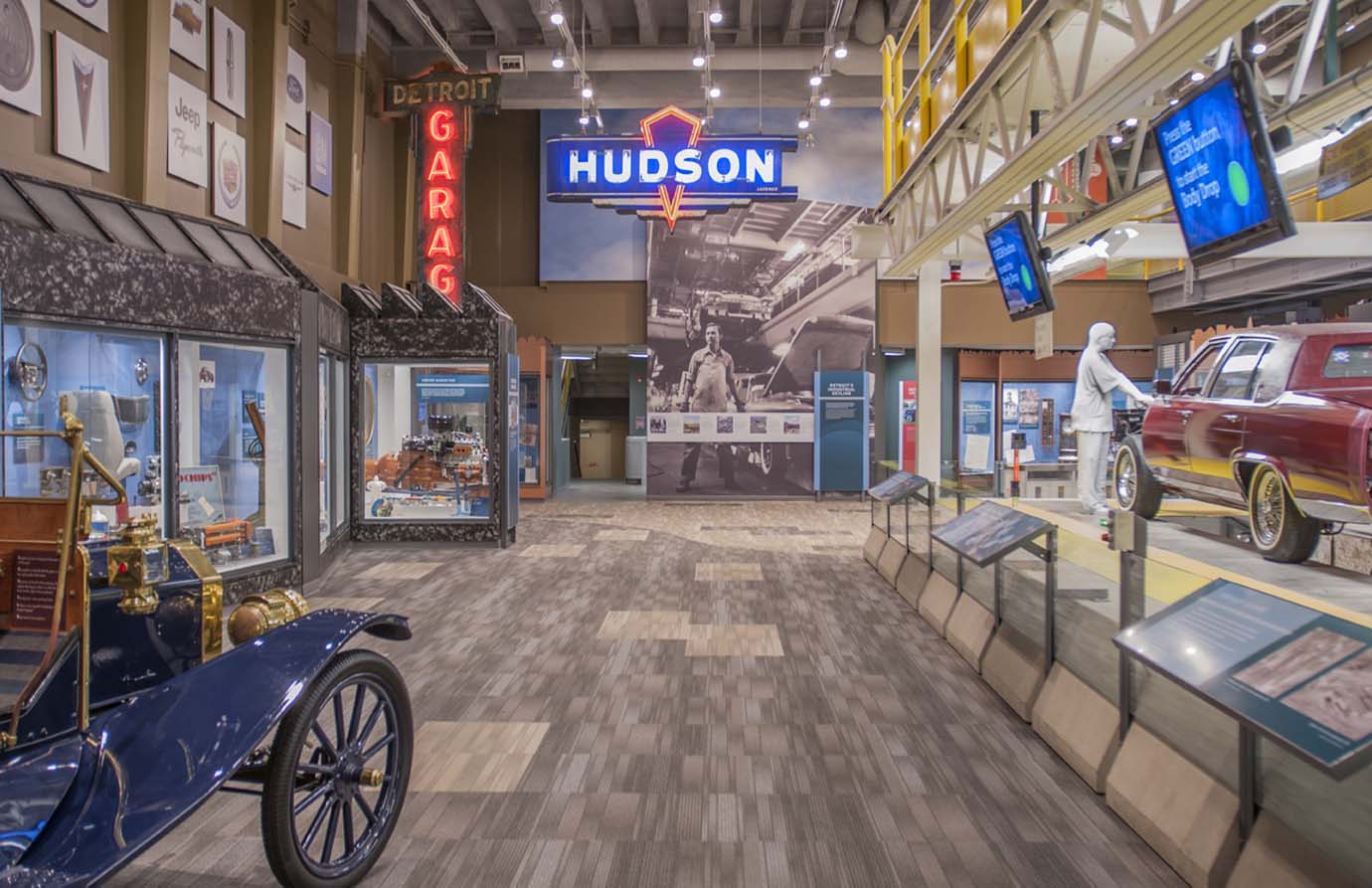Naples, the vibrant and historic city located on the southern coast of Italy, is a destination that blends ancient traditions with modern Italian culture. Known for its rich history, stunning architecture, and world-famous pizza, Naples offers an exciting experience for travelers. However, like many major cities, it can also be a bit overwhelming for first-time visitors. From navigating its chaotic streets to understanding local customs, there are a few things every newcomer should know before embarking on their journey.
In this comprehensive guide, I’ll provide essential travel tips that will help you make the most of your trip to Naples, from practical advice on transportation and safety to recommendations for attractions, food, and local etiquette.
1. Understanding Naples’ Vibe: The City of Contrasts
Naples is a city of contrasts. On one hand, it’s an ancient city with a history that dates back thousands of years, filled with archaeological wonders, historic churches, and grand palaces. On the other hand, it’s a bustling, modern metropolis, where scooters zip through narrow streets, and the sound of street vendors fills the air.
The city’s charm lies in its raw, unpolished beauty. It’s not as polished as Rome or Florence, but that’s part of its allure. The chaotic energy, the narrow alleys, the smells of fresh pizza wafting from every corner, and the vibrant street life make Naples feel alive in a way that few other cities do.
That said, the city can also be challenging to navigate. The streets are often crowded, traffic can be overwhelming, and there’s a bit of a “take it as it comes” attitude that might be jarring for those used to more orderly destinations. But if you embrace the chaos and take it all in stride, Naples will reward you with unforgettable experiences.
2. Getting Around: Public Transportation and Walking
One of the first things you’ll need to figure out when visiting Naples is how to get around. The city’s public transportation system is extensive, but it can be a bit tricky to navigate, especially if you’re not familiar with the area.
Public Transportation:
Naples has a comprehensive public transport system that includes buses, trams, metro lines, and funiculars. Here’s a quick overview of the key modes of transportation:

- Metro: Naples has three metro lines (Line 1, Line 2, and Line 6), which are a fast and efficient way to get around. Line 1, in particular, is essential for tourists as it connects key areas like the city center, the historic district, and the waterfront.
- Buses and Trams: Naples also has an extensive bus and tram network that covers the entire city. Buses can be a slower option due to traffic, but they’re great for getting to areas not served by the metro.
- Funiculars: Given that Naples is built on hills, the funiculars are an essential mode of transport. These cable cars connect the lower part of the city with the higher, hilltop neighborhoods like Vomero and Posillipo.
- Ferries: If you plan to visit nearby islands like Capri, Ischia, or Procida, ferries depart from the port of Naples. The ferry rides offer stunning views of the Gulf of Naples and are a must-do for those visiting the region.
Walking:
While public transportation is great for getting around quickly, walking is often the best way to explore Naples. The city’s historic center is a UNESCO World Heritage site, and it’s best experienced on foot. Strolling through the narrow streets of Spaccanapoli, visiting the iconic Piazza del Plebiscito, and wandering around the Lungomare promenade are all highlights that are best done on foot.
However, be prepared for the hustle and bustle of the city’s streets. Naples’ sidewalks can be narrow, and traffic can be heavy. Be cautious when crossing streets, as drivers and scooters may not always stop for pedestrians.
3. What to Expect from Naples’ Weather
Naples has a Mediterranean climate, meaning hot, dry summers and mild, wet winters. The best time to visit is during the spring (April to June) or fall (September to October), when the weather is pleasant and the city is less crowded.
- Summer (June to August): The summer months in Naples can get quite hot, with temperatures often exceeding 30°C (86°F). This is peak tourist season, so expect large crowds, especially at popular attractions like Pompeii and the Amalfi Coast. If you’re visiting during the summer, be sure to pack lightweight clothing, sunscreen, and stay hydrated.
- Winter (December to February): Winter in Naples is mild, with temperatures rarely dropping below 10°C (50°F). While it’s not as crowded as during the summer, some attractions may have reduced hours, and the weather can be rainy, so it’s a good idea to pack a waterproof jacket and sturdy shoes.
4. Safety Tips for First-Time Visitors
Naples, like any major city, has areas that are safer than others. While it’s generally a safe city for tourists, there are a few things to keep in mind to ensure your safety.
Pickpockets:
Pickpocketing can be an issue, especially in crowded areas like the metro, markets, and tourist hotspots. Be mindful of your belongings and keep your wallet, phone, and valuables secure. Consider using a money belt or a crossbody bag that you can keep close to you.
Traffic:
Traffic in Naples can be chaotic, and the driving style of locals can seem aggressive, especially when it comes to scooters. Always be cautious when crossing streets, even at pedestrian crossings, as cars and scooters may not always stop for you.
Avoid Certain Areas at Night:
While Naples is generally safe, there are some neighborhoods that are best avoided after dark, especially for tourists. Areas like Forcella and Scampia have higher crime rates, so it’s best to stick to more tourist-friendly areas like the historic center, Vomero, and the waterfront.
5. Dining in Naples: A Culinary Paradise
Naples is the birthplace of pizza, and you can’t visit the city without indulging in its world-famous pizza. However, Naples offers much more than just pizza. The city’s food scene is rich and diverse, with a variety of dishes that reflect the region’s history and culture.

Must-Try Dishes:
- Pizza Margherita: Naples is the birthplace of pizza, and the Pizza Margherita is the quintessential Neapolitan pizza. Made with fresh mozzarella, tomatoes, basil, and a drizzle of olive oil, this pizza is simple yet delicious. Head to L’Antica Pizzeria da Michele or Sorbillo for an authentic experience.
- Sfogliatella: This sweet pastry is a Naples specialty. It’s a layered, flaky pastry filled with ricotta cheese, candied fruit, and a hint of cinnamon. It’s best enjoyed with a coffee at one of Naples’ historic cafes.
- Spaghetti alle Vongole: Naples is known for its seafood, and spaghetti alle vongole (spaghetti with clams) is a classic dish. You’ll find it at many seafood restaurants along the coast.
- Limoncello: Naples and the Amalfi Coast are famous for their lemons, and limoncello is a popular liqueur made from lemon zest, alcohol, and sugar. It’s typically served as an after-dinner drink.
Where to Eat:
- L’Antica Pizzeria da Michele: One of the most famous pizzerias in Naples, known for its traditional Margherita and Marinara pizzas.
- Sorbillo: Another iconic pizzeria that serves some of the best pizza in Naples. Be prepared for a wait, as it’s always busy.
- Trattoria da Nennella: A traditional Neapolitan trattoria where you can enjoy hearty local dishes in a lively, informal setting.
6. Top Attractions in Naples
Naples is home to some of Italy’s most famous historical sites, as well as stunning natural beauty. Here are some of the must-see attractions in the city:

Pompeii:
Located just outside Naples, Pompeii is one of the most famous archaeological sites in the world. The ancient Roman city was buried by the eruption of Mount Vesuvius in 79 AD, and today, it offers a fascinating glimpse into Roman life. You can take a train from Naples to Pompeii, which takes about 30 minutes.
Naples National Archaeological Museum:
This museum houses one of the most impressive collections of ancient Roman artifacts, including many treasures from Pompeii and Herculaneum. The museum is a must-visit for history buffs.
Vesuvius Volcano:
Climbing Mount Vesuvius is an unforgettable experience. You can hike to the summit and enjoy panoramic views of Naples, the Bay of Naples, and the surrounding countryside. It’s also possible to peer into the crater of the still-active volcano.
Royal Palace of Naples:
The Royal Palace of Naples is a grand historical palace located in Piazza del Plebiscito. It’s home to a museum and offers stunning views of the city from its gardens.
7. Local Etiquette and Cultural Tips
- Greetings: Italians are known for their warm and friendly nature. A simple “Ciao” (hello) or “Buongiorno” (good morning) will go a long way. When addressing someone formally, use “Signore” (Mr.) or “Signora” (Mrs.).
- Tipping: Tipping is not mandatory in Italy, but it’s appreciated. In restaurants, it’s customary to leave a small tip (around 5-10% of the bill) if the service is good. In cafes, rounding up the bill is sufficient.
- Dress Code: Italians are known for their fashion sense, so it’s a good idea to dress neatly when out and about. When visiting churches or religious sites, be sure to cover your shoulders and knees.
Naples is a city that’s full of life, history, and character. While it can be chaotic at times, it’s also incredibly rewarding. By following these travel tips, you’ll be able to navigate the city with ease, enjoy its delicious food, and make the most of your time in this vibrant Italian destination.



